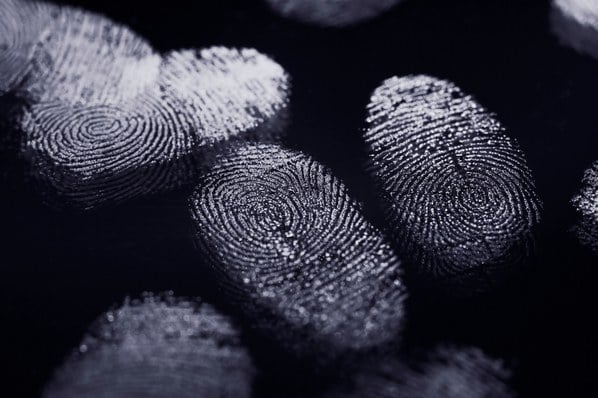Design communicates brand.
Campaigns are about raising the profile of brands or moving customers in a specific direction to buy a company’s products or services. One of the critical elements of getting people to buy is trust. Brands are essentially the way that customers code a specific offering in their minds: this brand represents quality and luxury, or this brand represents comfort and value. Regardless of what your target customers hold in highest esteem, a brand is shorthand for that. Every piece of creative you release — blog posts, brochures, Google PPC campaigns or Nimlok booths at trade shows — says something about a brand. If the design is less than professional and aligned with the brand’s core messaging, it can undermine years of work and good impressions. By contrast, good design speaks volumes to a company’s professionalism, quality and positioning in the market.
Good design raises visibility.
Even the best campaign only gets traction if it stands out. It has to rise above the noise of all the other competing signals from advertisers and content producers. It then has to catch the attention of the right prospect and hold it. Depending on the goals of your campaign and your target audiecnce, the design required to do this may vary. Does a stark, minimalistic approach resonate with your audience, or is it a flashy, borderline-tacky look and feel that would work best? Whatever it is, great design helps you speak to your prospects in a memorable way, and it stands the best chance of getting your campaign noticed.
Design drives conversions.
If your clients have thought at all about conversions, it’s likely that they’ve thought in terms of sales numbers or copywriting with a call to action. Many people fail to appreciate how psychologically compelling design is. Where does a viewer’s eye fall on a page? What emotions do the photographs, colors and layouts that you chose evoke? Does one area — the most important takeaway — stand out above everything else? Good design can take a masterfully crafted pitch or concept and add gasoline to its ability to drive conversions.
Design reinforces messaging.
A well-done design will underscore the messaging that you hope to convey. This links to the argument on the importance of design in branding, but it’s also about the power of design to drive home a message and evoke a response. Consider the case of a nonprofit that’s fundraising or simply getting out the word about its cause. A few carefully chosen images can say more to a potential sponsor than hundreds of words of copy on the same issue.
Agencies are regularly hired to educate clients on various aspects of the creative process. By framing design in terms of the various roles it plays, such as building credibility and supporting other work done in campaigns, you stand a much better chance of getting client buy-in. Have you ever faced this issue with a client? What argument have you used to resolve the conversation? Let us know in the comments below.
Branding


![30 Famous Brand Names You're Probably Pronouncing Wrong [Infographic]](https://53.fs1.hubspotusercontent-na1.net/hubfs/53/pronounce-brand-name-wrong-infographic_2.webp)


![The 5 P's for Building a Powerful Brand [SlideShare]](https://53.fs1.hubspotusercontent-na1.net/hubfs/53/00-Blog_Thinkstock_Images/powerful-brand.png)

